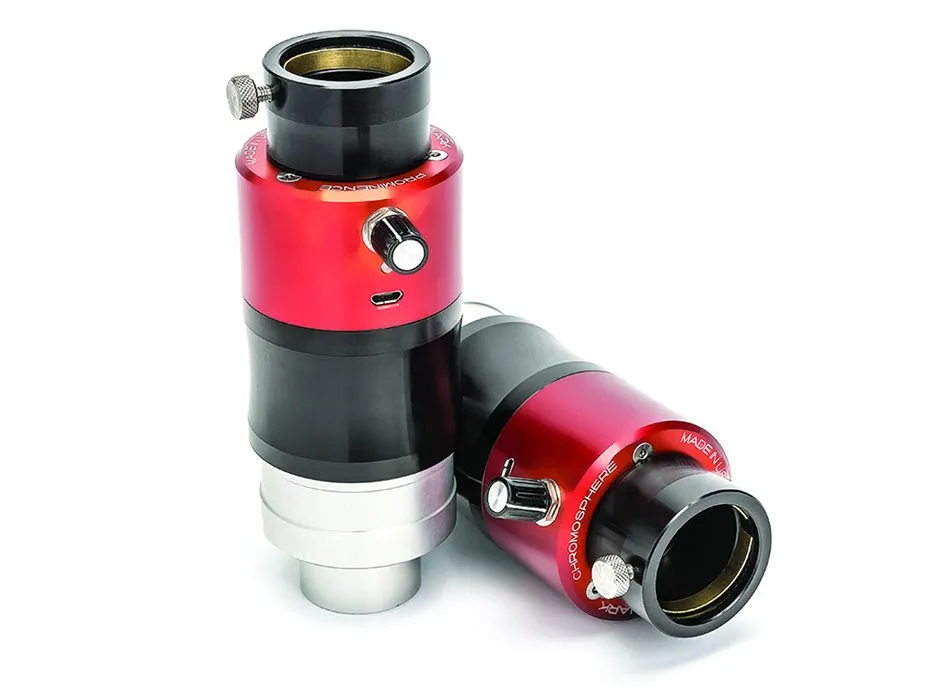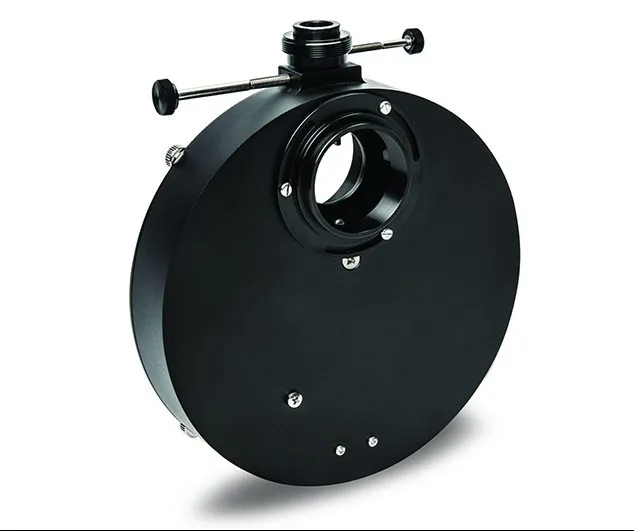Do you use filters, be it for visual astronomy or astro imaging?
If you don’t then you are missing out on many aspects of the night sky that, especially during summer, would benefit from using the right filter.
On the visual side, the Moon and planets in particular can show lots more detail if you are careful and use the right filter.
Filters help to increase the contrast in some planetary features, often by concentrating on one colour that can improve the visibility of one feature whilst reducing the effect of other nearby, brighter features.
An example is viewing high clouds and improving the view of the polar caps on Mars using a light blue filter or enhancing the view of the red features such as the bands and Great Red Spot on Jupiter by using green filters.

A polarising filter can help when viewing Venus by reducing its glare, especially when using large telescopes, whilst a Moon filter is a neutral density filter that cuts down the glare from the Moon (although I find that’s about all it does).
Filters don’t increase the amount of detail you see, they help with the clarity, but it has to be said that good old fashioned practical observing experience will mean you get more out of using them than someone who has just started.
However, we all have to begin sometime and so the more you use them, the more you will begin to pick out.
My own experience taught me that.

When I first started in astronomy, I looked through various telescopes at Jupiter and all I could see was two bands and barely a hint of the GRS.
That was using a 10-inch reflector and later a 14-inch.
But over time I began to notice subtle details such as plumes in the north equatorial belt and spots in the southern hemisphere, all of which were enhanced once I started using filters.
So, they may be small and look unimportant, if you want to get the best out of your telescope then it is worth investing in a basic visual set of filters to get started.
You can find out more about filters and other astronomy accessories by visiting the reviews section of our website.
